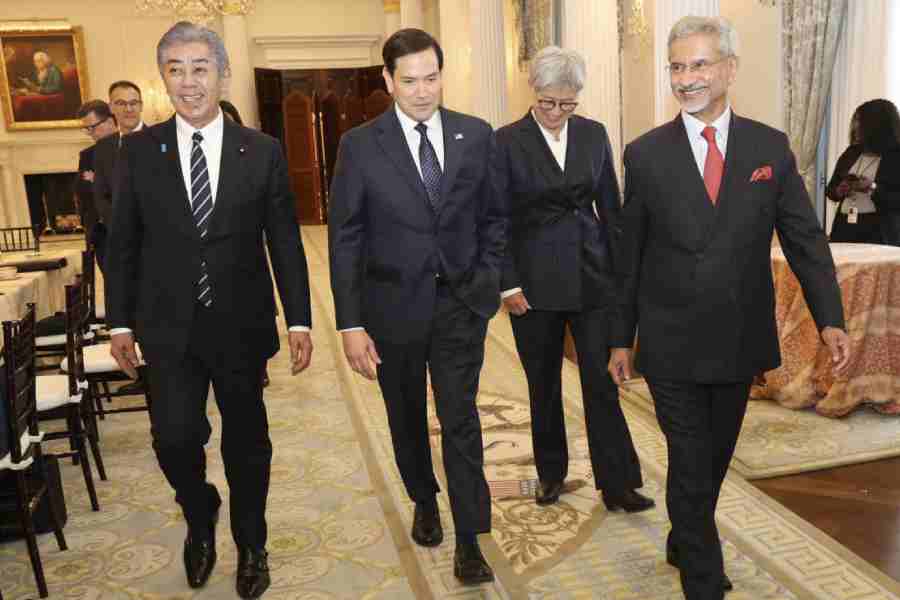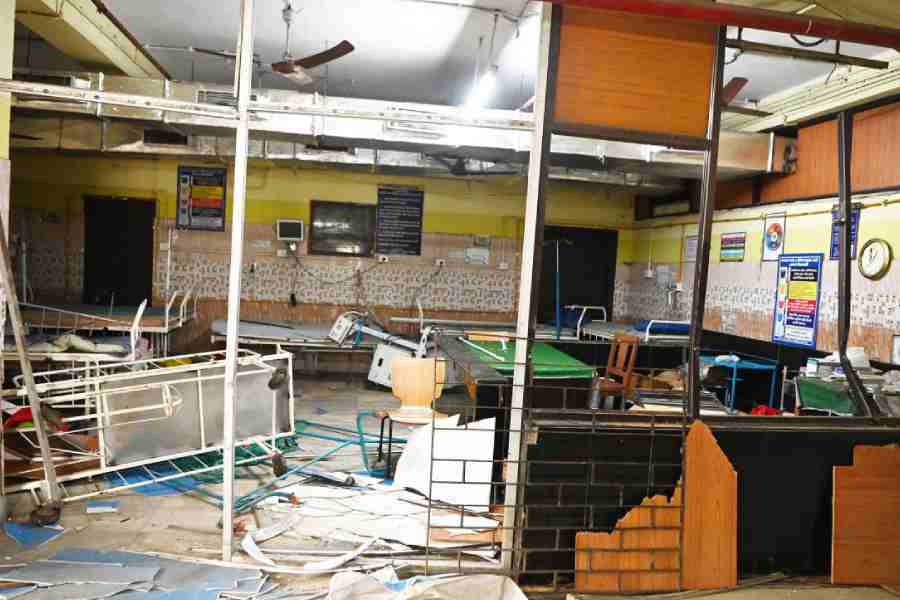The ongoing lockdown to fight the novel coronavirus has not only sharply reduced Calcutta’s air pollution level but has also underlined the pivotal role played by diesel-powered vehicles in making the city’s air toxic, according to a study by the Delhi-based Center for Science and Environment.
The study has considered the peak values every hour of two major pollutants — PM2.5 and nitrogen dioxide — recorded by seven automatic air pollution measuring stations in the city.
Both PM2.5 and nitrogen dioxide cause severe respiratory ailments. PM2.5, the deadliest of all air pollutants, are ultra-fine particles that can get lodged in the deepest crevices of the lungs and cause a host of ailments, including cancer.
The study shows that peak levels of PM 2.5 and nitrogen dioxide have dropped by 46 and 74 per cent, respectively, during the lockdown compared with the pre-lockdown days.
The lockdown in Calcutta, along with much of the rest of Bengal, kicked in at 5pm on March 23. The national lockdown took effect from midnight of March 24.
The hourly peak value average of PM2.5 on March 18 and 19 in Calcutta had reached 96.4 microgram per cubic metre. Post-lockdown, the average peak value on March 25 and 26 dropped to 51 microgram.
Similarly, the average hourly peak level of nitrogen dioxide dropped from 71 microgram (March 18-19) to 18.4 (March 25-26).
“The analysis shows that the hourly pollution peaks have nearly flattened out after the lockdown, highlighting the role of traffic in Calcutta’s air pollution,” said Anumita Roy Choudhury of the CSE, who led the study.
She pointed out that the peak levels of nitrogen dioxide, being more directly linked to emission from diesel-powered vehicles, have dropped more sharply than PM2.5, which is influenced by other sources, too.
Roy Choudhury admitted that such low pollutant values would not sustain in Calcutta once the lockdown is lifted and stressed that the coronavirus pandemic should make governments and people sit up and recognise the importance of public health emergencies such as air pollution and taking steps to stem its rise.
She listed the actions the city needs to take to counter air pollution from various emission sectors. “In transportation, Calcutta needs integrated and scaled-up public transport system, expansion of electricity-driven public transport options such as trams, Metro Railway, Circular Railway, and introduction of more electric buses, enhancement of water transport, and most importantly replacement of diesel-powered vehicles with ones that run on the environment-friendly Compressed Natural Gas,” she said.
“The construction sector has to strictly abide by the environment norms, coal consumption needs to be minimised and use of solar roof-top panels should be encouraged,” Roy Choudhury said.
Environment activist Subhas Dutta hoped that the coronavirus emergency should make governments realise the importance of taking actions to counter the impact of air pollution on public health.











